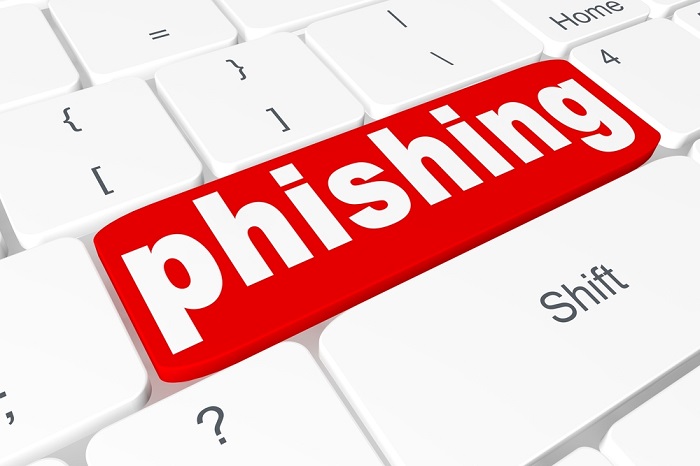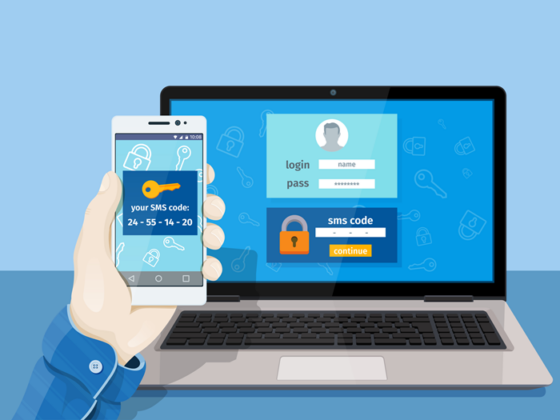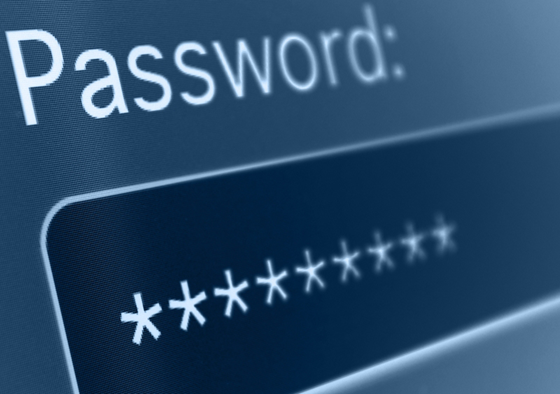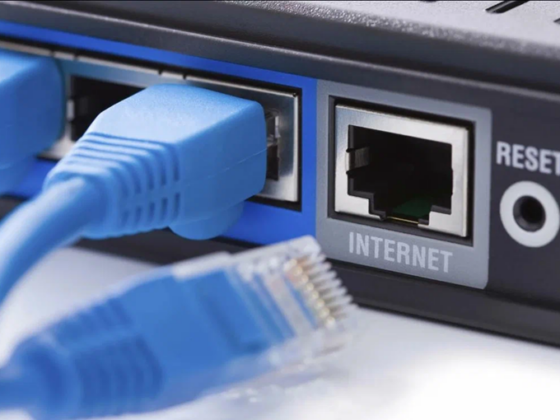The world of cryptocurrency is rapidly developing, offering users new opportunities for investment and financial independence. However, as digital assets gain popularity, so does the number of fraudulent schemes. One of the most common types of cyber fraud remains phishing—a deceptive method in which attackers attempt to gain access to the personal data, passwords, or private keys of cryptocurrency wallet owners. You can learn more here.
Forms of Phishing
Phishing in the cryptosphere can take a variety of forms. Users often receive an email that visually resembles a message from a well-known exchange or wallet. The email may contain a warning about “suspicious activity” or a request to confirm personal information. By clicking the link, the user is redirected to a fake website that appears legitimate but is designed to steal information. Simply enter your username and password, and the attackers gain full access to your funds.
Another popular tactic is fake apps and browser extensions. These disguise themselves as legitimate cryptocurrency wallets, but in reality, they collect user data. Some scammers operate on social media, offering “generous gifts” in exchange for participation in a giveaway or entering wallet information. Profiles of well-known crypto projects are often faked, misleading even experienced investors.
Basic rules to follow
To avoid becoming a victim of phishing, it’s important to follow a few cybersecurity rules. First and foremost, always check the website address, especially when it comes to financial transactions. Reliable platforms use secure connections and official domains. Never click links in suspicious emails or instant messages. It’s better to open the exchange or wallet website yourself by entering the address manually.
It’s also recommended to use two-factor authentication. Even if an attacker learns your password, it will be difficult to log in without an additional confirmation code. It’s a good idea to store private keys offline using hardware wallets—they are protected from viruses and remote access. Regularly updating your antivirus software and paying close attention to every online activity will help prevent most threats.










